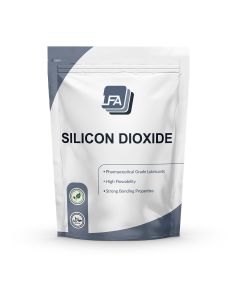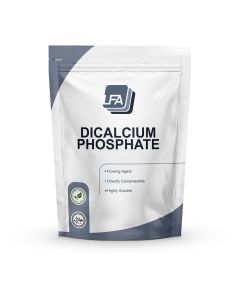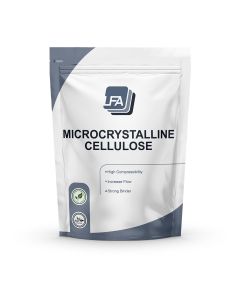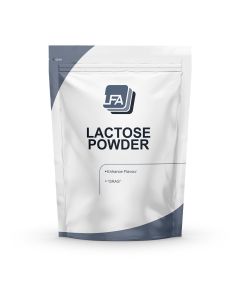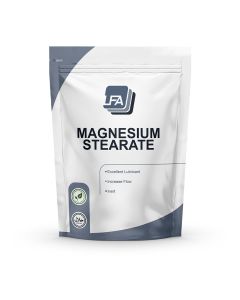Angle of Incidence - Making a Tablet Mix
Angle of Incidence - Making a Tablet Mix
Today we’re going to take a look at what is called the “angle of incidence”. When a powder is poured on a surface a heap is formed. From the repose angle and heap shape, we’re able to identify the properties of our powder. We suggest using a powder flow tester for precision but this can be done simply by pouring your powder on to a flat surface but your results may vary.
A cohesive powder will cause an irregular heap while a non-cohesive powder forms a regular conical heap. Today we’re working with Silicon dioxide, microcrystalline cellulose, granulated lactose, magnesium stearate and di-calcium phosphate which are common excipients used in tablet pressing.
If we take a look at our 5 powders we can see they all have a different angle of incidence. In general, the flatter the heap, the better the product will flow. With Di-calcium phosphate which has a very low peak in comparison to our magnesium stearate which has a high peak. As you can see the di-calcium phosphate is very granular and flows from the fingers easily and consistently compared to magnesium sterate which is very light, fluffy and sticks to the fingers and therefore lumps together. Lactose is also a granular product and flows consistently.
However, the issue with Lactose is, in the separation of the granules there are different granule sizes. Whilst tableting this will potentially cause an issue known as “fines” this is where the inside of your machine is coated in a fine layer of powder which could lead to inconsistent tablet weights and other issues. Microcrystalline Cellulose has a very small consistent granule size as well as a flat peak meaning it will flow well in your press. Finally, there’s silicone dioxide and much like magnesium stearate, it’s very light and fluffy so wouldn’t flow alone. By looking at these products alone we can start to assess what products may need to go with these to help flow through the machine. As an example, we’re going to take calcium powder and caffeine powder which is 2 potential active ingredients.
These are 2 products that are on different ends of the scale and will require different excipients to help flow through a tablet press. If we look back at the way the caffeine powder falls off of our scoop it already gives us some indication to what we may need to mix it with as it was clinging to the scoop and it’s created an irregular heap. Also as you can see from the caffeine it’s a very light, lumpy powder that sticks to what it touches. So when it’s being pressed it will stick to your tooling. Therefore we’d be thinking about anti caking excipients such as magnesium stearate, to stop it sticking to your tooling and if you find the powder is bridging or rat holing in your hopper you’d be thinking about flowing excipients such as silicon dioxide and dicalcium phosphate. If we take a look at our calcium, it creates a very regular conical heap meaning it flows extremely well so you’d be thinking less about flowing excipients and more about binders, as an example we’ve produced 2 tablets that are purely from our actives with no excipients. As you can see the calcium tablet is easily breakable due to the lack of binders in the tablet. Whereas the caffeine powder binds extremely well and creates a solid tablet but as mentioned will need assistance moving through the press.

